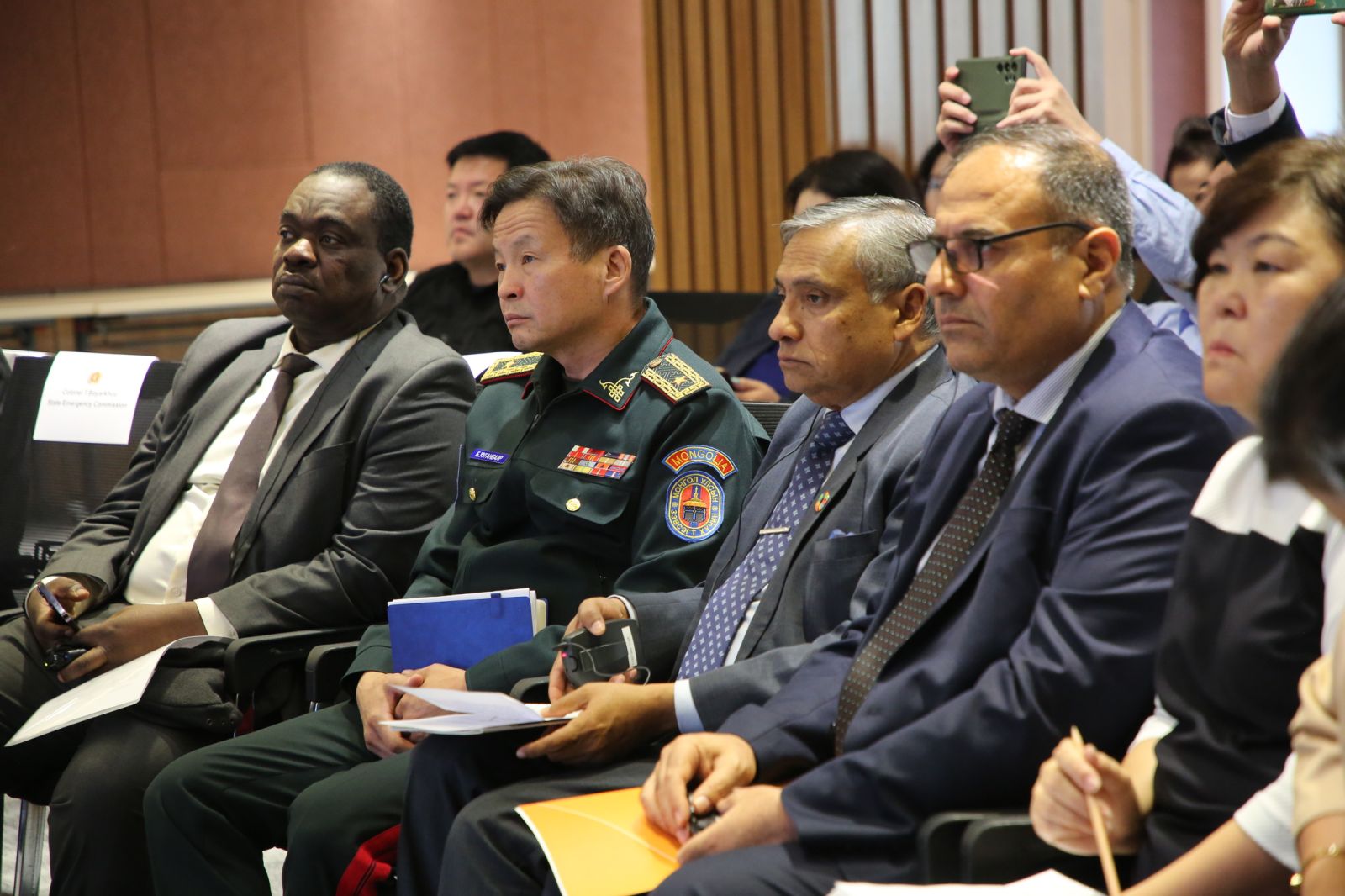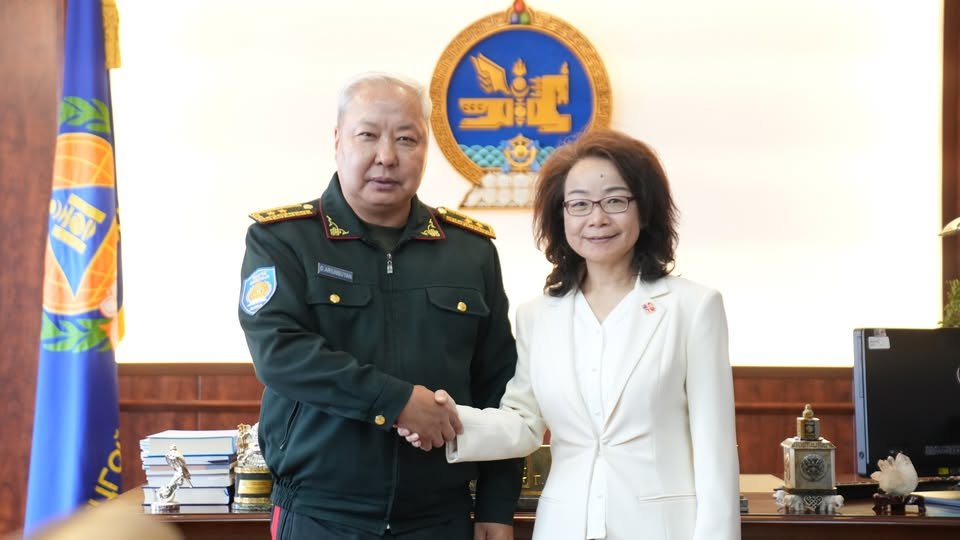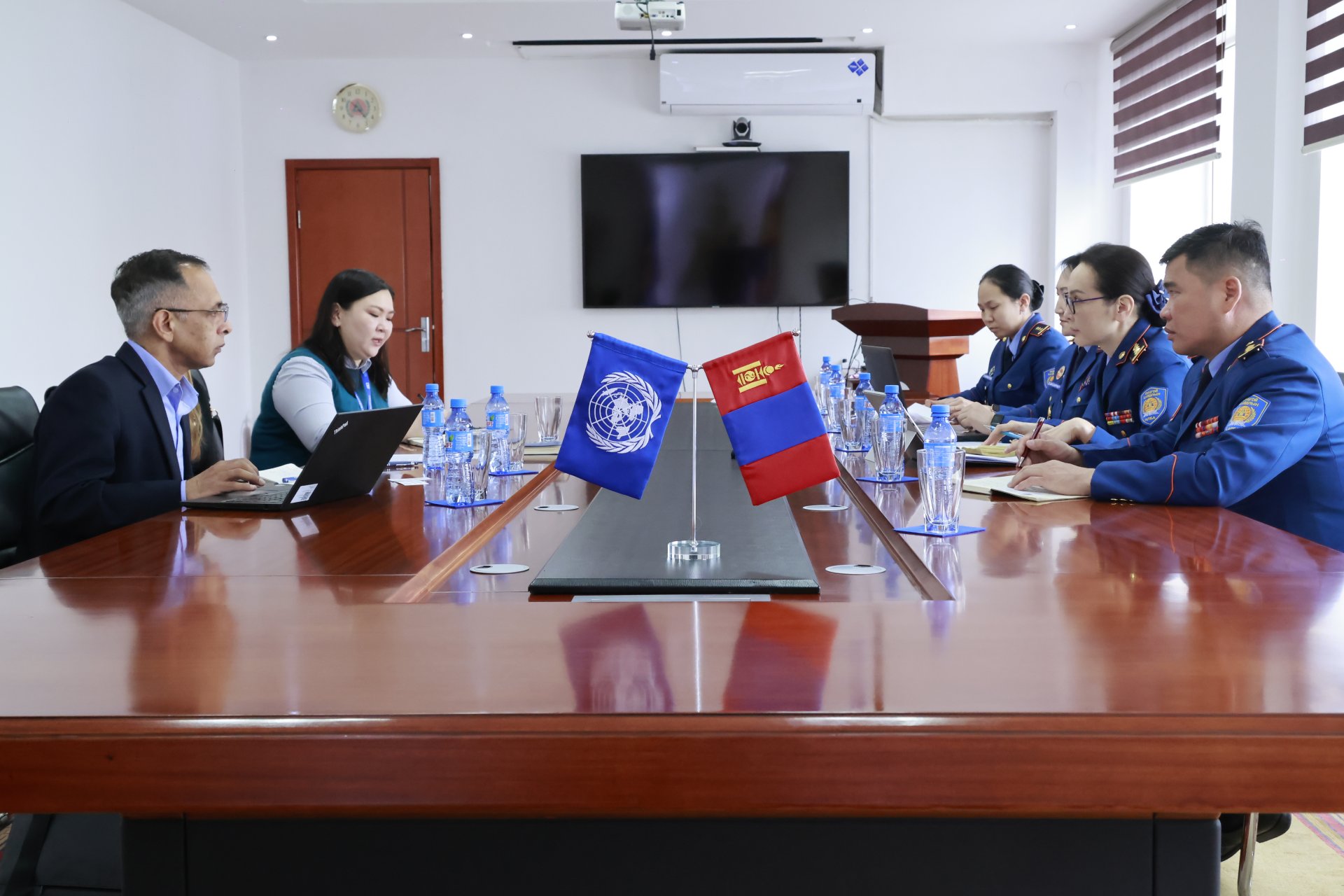A Discussion was held to present the response measures taken during the zud disaster and outcomes
A meeting took place today at the National Emergency Management Agency to present the actions taken in response to the Dzud disaster and its outcomes. The initiative was supported by the United Nations Emergency Fund.
The meeting was attended by several notable individuals including Brigadier General B. Uuganbayar, Deputy Chief of NEMA, Mr.Tapan Mishra, UN Resident Coordinator in Mongolia, Evariste Kouassi Komlan, Resident Representative of Children's Fund in Mongolia, Dr. Khalid Sharifi, Resident Representative of Population Fund and representatives from organizations such as UN Food Agriculture Organization, representatives from the Ministry of Food, Agriculture and Light Industry, General Authority for Veterinary Service, the Department of Child and Family Development and Protection, Mongolian Mental Health Association, World Vision International Organization, Ministry of Family, Labor and Social Protection, Centre for Policy Research.

The attendees discussed strategies for mitigating the impact of sudden disasters, provided updates on the utilization of funds from the United Nations Emergency Fund, and shared reports on actions taken by international organizations. For instance, the response measures taken by the government of Mongolia during the Dzud disaster and the allocation of the Central Fund for Emergency Response were discussed and opinions were exchanged on future measures.
Copy all texts of this article
Download all images of this article
Other news

2024/10/02
Recent NewsExchange of views on bilateral cooperation
Ambassador Shen Minjuan emphasized her commitment to prioritizing and further enhancing cooperation between the two countries in the field of disaster prevention and protection.

2024/10/02
Recent NewsKey topics included setting a date for the event and finalizing the detailed organizational plan
Ulaanbaatar, May 15, 2025 – Colonel Ts. Uranchimeg, Deputy Chief of the National Emergency Management Agency (NEMA) of Mongolia, held a meeting today with Ms. Matilda Dimovska, Resident Representative of the United Nations Development Programme (UNDP) in Mongolia.

2024/10/02
Recent NewsKey topics included setting a date for the event and finalizing the detailed organizational plan
Ulaanbaatar, May 15, 2025 – Colonel Ts. Uranchimeg, Deputy Chief of the National Emergency Management Agency (NEMA) of Mongolia, held a meeting today with Ms. Matilda Dimovska, Resident Representative of the United Nations Development Programme (UNDP) in Mongolia.







